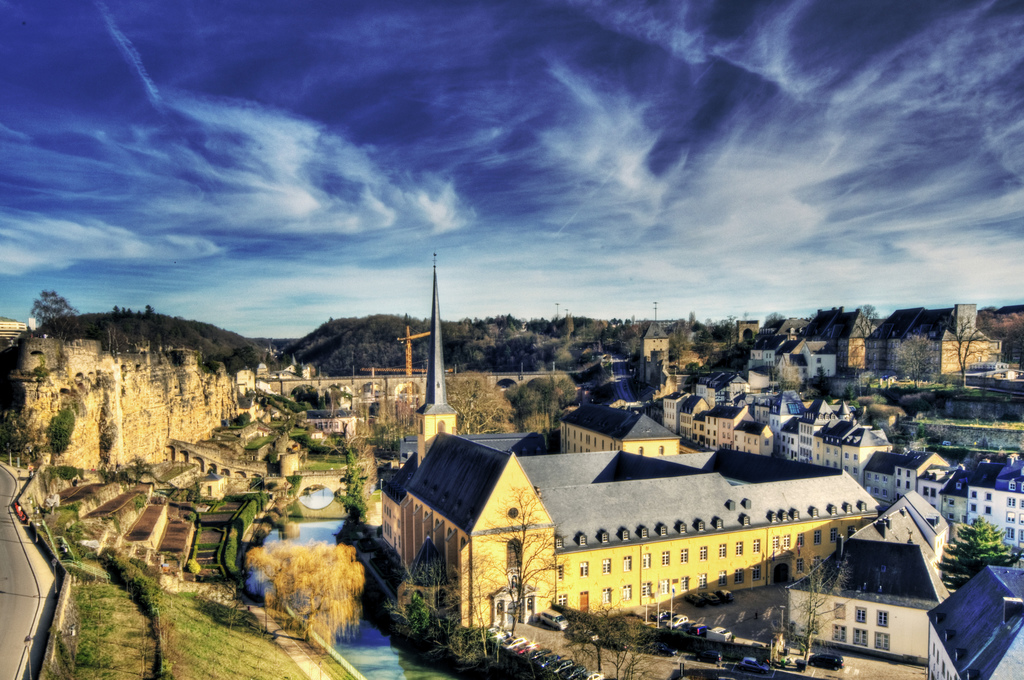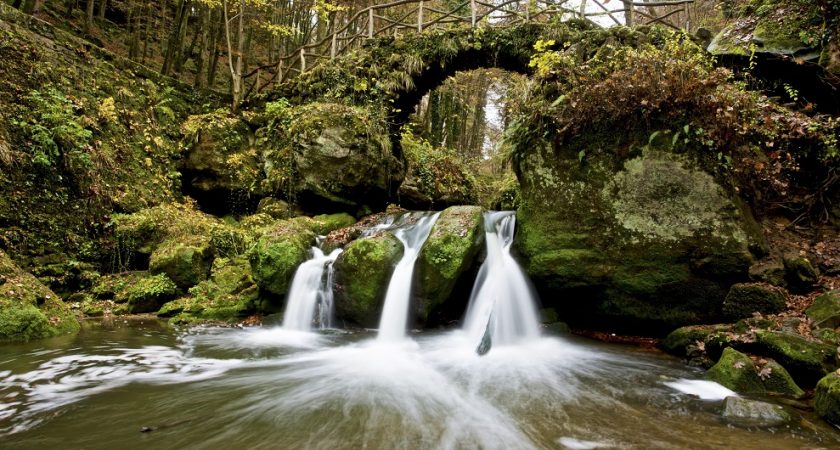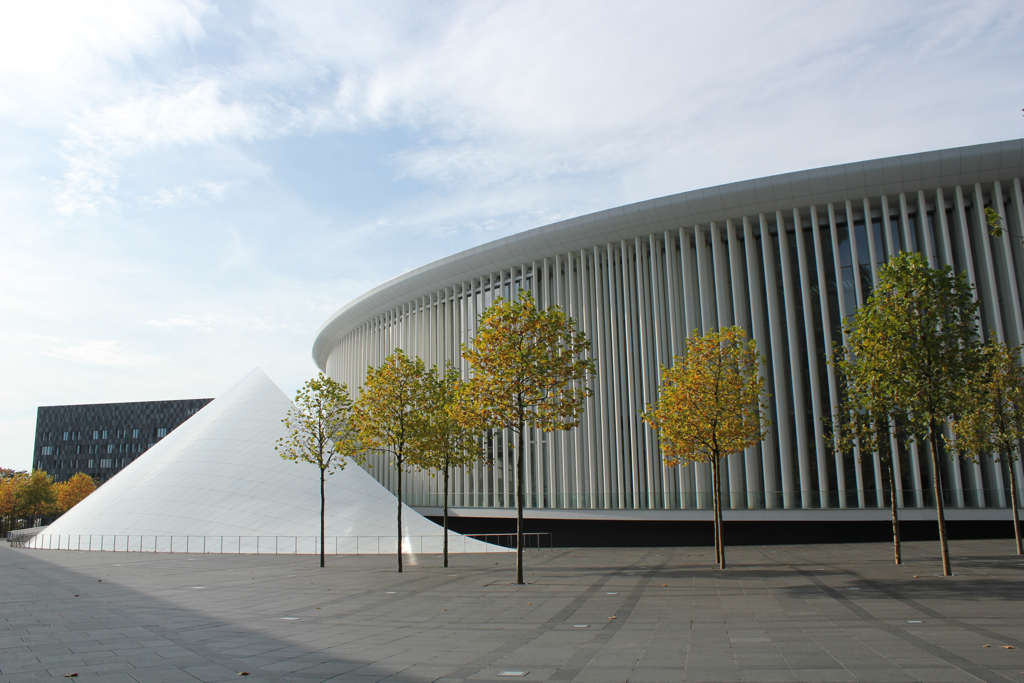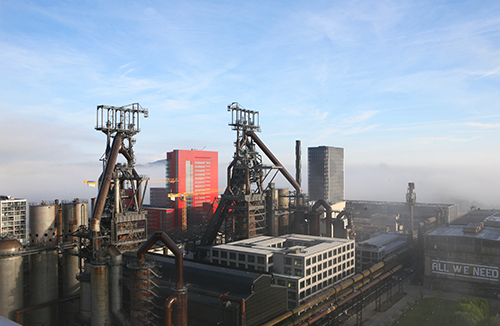The Grand-Duchy of Luxembourg is a small country in the heart of Europe. Luxembourg’s population counts about 660,000 residents from which 47% are non Luxemburgish. The country counts more than 170 nationalities and the three official languages are: Luxemburgish, French and German.
From North to South and East to West, the Grand-Duchy offers different and beautiful landscapes that are worth the detour.

Luxembourg city
Luxembourg City is a lively and bustling capital with a lot of great touristic attractions to visit and a multitude of things to do. As a cultural platform, it abounds in venues for artistic expression, such as museums, theatres and concert halls. The cultural offer that makes up Luxembourg is representative of its city dwellers: multilingual, multicultural, creative and eclectic.
Nowhere else in Europe you will find such an outstanding mixture of historic sites and contemporary architecture. The old city of Luxembourg and its fortress has for long been part of the UNESCO World Heritage. With high-tech buildings running alongside historic monuments, the capital represents a rich tapestry of contrasts and urban experiences.

A green country
Nearly one third of the surface of the city is shaped by beautifully landscaped green spaces. Numerous parks and gardens, passing through the capital, constitute a pleasant green belt and provide a high quality of city life. Luxembourg’s unique sights, culture and history, can be discovered in several manners, during a walk, a tour by bike or tourist bus, etc.

A buzzing business centre
Luxembourg is a strategic smart business location with a national character of openness, dynamism, reliability. International studies on the competitiveness of countries consistently rank Luxembourg among the first.
The city of Luxembourg is one of the institutional seats of the European Union, hosting for instance the Secretariat of the European Parliament, the European Court of Justice and the European Investment Bank, the European Court of Auditors, the European Investment Fund and the EuropeanStability Mechanism
Moreover, the country, though small, is home to many big companies.

The University campus Belval
A vibrant campus full of architectural masterpieces located on the former site of the Arbed, Luxembourg’s steel group which was founded in 1911. In 2002 the Arbed merged with the Spanish group Aceralia and the French group Usinor, to create Arcelor, which in turn merged with Mittal Steel in 2006 to form ArcelorMittal. When Luxembourg’s last operational blast furnace, blast furnace B, was shut down in 1997, an area of 120 hectares in the western part of the site became available for redevelopment, while the remaining part continues to be a production site for the ArcelorMittal group.
Visit the Blast Furnace and the City of Science and enjoy a general overview of the history of steel production and the regeneration of the industrial wasteland into a contemporary urban district with exceptional architecture and urban planning.
